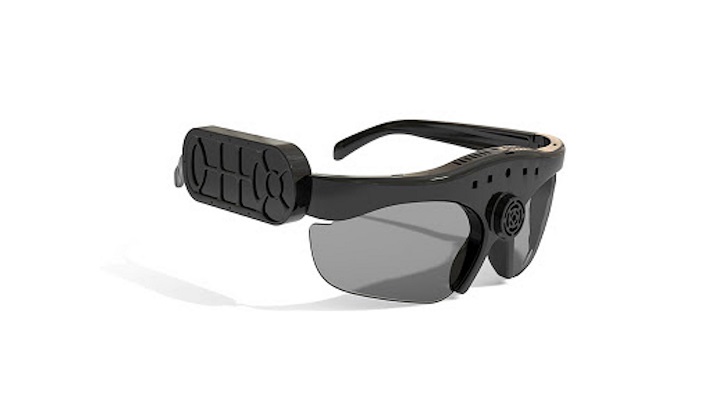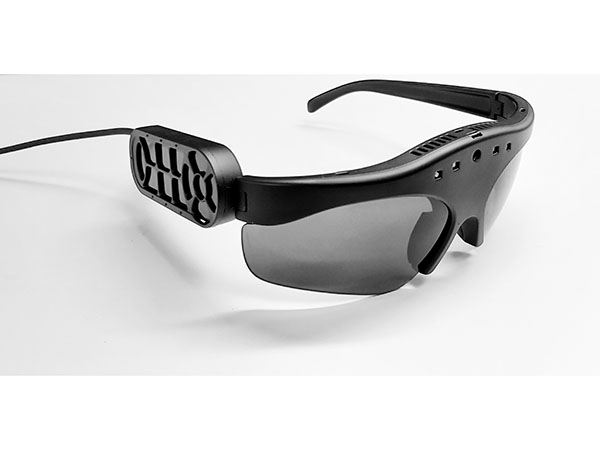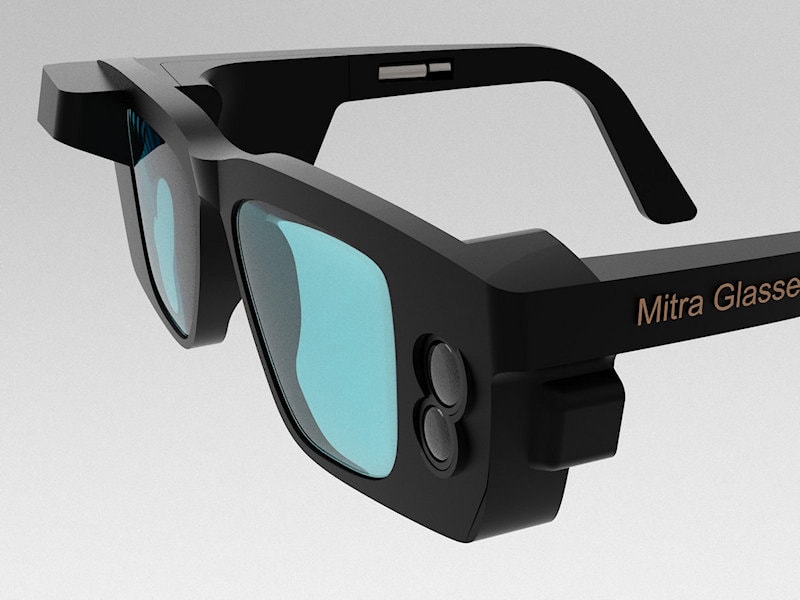AI-Powered Visual Aids: The Next Step in Assistive Technology for the Blind
Empowering Independence With Assistive Modern Technology for the Blind
The assimilation of assistive modern technology for individuals who are visually damaged or blind represents a substantial development in promoting freedom and enhancing lifestyle. With a variety of gadgets-- from display readers to innovative responsive devices-- these innovations not just facilitate navigating and interaction however also advertise social addition and engagement in various elements of life. As we check out the varied kinds of assistive gadgets and their real-world applications, it comes to be clear that the influence is profound. Yet, the development of this innovation raises crucial inquiries concerning ease of access and future advancements that call for more exam. Assistive technology for the blind.
Recognizing Assistive Technology
Although assistive modern technology has progressed considerably over the years, its fundamental purpose stays the exact same: to boost the lifestyle for people with handicaps, especially those that are visually damaged or blind. This technology encompasses a wide series of devices and devices that assist in freedom and functionality in day-to-day activities.
Assistive innovation can be categorized into low-tech and state-of-the-art options, each created to fulfill details needs. High-tech tools usually include software applications, specialized equipment, and flexible tools that make use of innovative technology to provide assistance in various contexts. Alternatively, low-tech options may entail everyday things that are modified to boost availability, such as magnifiers or tactile pens.
The integration of assistive technology right into the lives of people who are blind or aesthetically harmed not only advertises autonomy yet also promotes social inclusion and engagement in instructional and expert atmospheres. By leveraging these innovations, customers can navigate their surroundings, accessibility info, and communicate properly, consequently boosting their overall top quality of life. Understanding assistive innovation is essential for advocates, professionals, and caretakers that aim to support individuals in maximizing their prospective and accomplishing better freedom.
Sorts Of Assistive Tools
Assistive tools for the aesthetically damaged and blind are vital devices that boost daily living by resolving certain challenges encountered by individuals. These devices can be extensively classified right into three primary kinds: optical gadgets, electronic devices, and sensory devices.

Sensory devices, such as Braille display screens and responsive maps, provide alternative methods to obtain information. Braille displays convert digital message right into Braille, enabling individuals to review touch. Tactile maps supply spatial understanding through increased lines and appearances, allowing for far better ecological awareness.
Together, these assistive devices empower individuals with visual disabilities to engage more fully with their surroundings, advertising better independence and confidence in everyday activities.

Influence On Every Day Life
The assimilation of assistive technology right into the every day lives of people who are blind or aesthetically impaired dramatically boosts their capacity to navigate and interact with the world around them. Instruments such as display visitors, Braille presents, and mobile applications promote access to details, enabling users to involve with digital web content, communicate effectively, and take care of daily jobs separately.
Additionally, modern technologies like wise glasses and navigating apps give real-time support in unfamiliar atmospheres, improving flexibility and confidence. These devices enable individuals to identify challenges, read indications, and also recognize faces, therefore fostering a sense of freedom in public areas. In addition, home automation systems, which can be regulated with voice commands, permit people to manage their living settings better, boosting comfort and safety and security.
The effect of assistive technology prolongs beyond sensible tasks; it promotes social addition and psychological wellness. By bridging the void between people and their environments, these innovations encourage users to participate fully in area activities, seek instructional possibilities, and participate in meaningful relationships. Ultimately, the improvement of assistive modern technology is important in redefining the opportunities for people who are visually impaired or blind, causing an extra comprehensive and obtainable society.
Success Stories and Testimonials

One more effective endorsement comes from Mark, a current college graduate who utilized display reading software throughout his scholastic trip. This innovation enabled him to accessibility course products and join discussions, inevitably bring about his successful transition right into the workforce. Mark credits assistive modern technology for equipping him to achieve his job goals, stressing its function in leveling the having fun field for individuals with aesthetic impairments.
In addition, neighborhood facilities have actually reported increased engagement in their programs thanks to the intro of available digital systems. These platforms have actually made it simpler for people to link, share sources, and support each other. These success stories jointly highlight the profound impact of assistive technology in promoting independence, boosting quality of life, and breaking down obstacles for the blind and visually damaged area.
Future Trends in Assistive Tech
Arising modern technologies are positioned to revolutionize the landscape of assistive tech for people that are aesthetically damaged or blind. Innovations in man-made knowledge (AI) and artificial intelligence are boosting the capabilities of devices, making it possible for more instinctive customer experiences. AI-driven applications are progressively able to check out and identify objects message aloud my sources in real-time, supplying individuals with valuable details about their surroundings.
Additionally, advancements in wearable technology are creating brand-new possibilities for self-reliance. Smart glasses geared up with augmented reality attributes can overlay critical information onto the customer's visual field, helping with navigation and communication with the setting. Furthermore, the assimilation of Web of Things (IoT) tools is simplifying access in clever homes, enabling individuals to control appliances and obtain notices with voice commands or tactile user interfaces.
The advancement of braille displays and responsive comments systems is additionally on the increase, advertising access to digital web content and improving interaction. As these technologies continue to advance, they promise to improve day-to-day living, educational chances, and work prospects for individuals with aesthetic problems. Continuous partnership in between engineers, users, and advocacy groups will certainly be essential in making sure these innovations satisfy the requirements of the area effectively.
Final Thought
Finally, assistive modern technology plays a pivotal function in boosting the freedom of people who are blind or visually impaired. By giving essential tools additional info and resources, these innovations assist in boosted navigating, communication, and accessibility to info, therefore cultivating freedom and self-confidence. The transformative effect of assistive gadgets not only advertises reliable communication with the setting yet additionally motivates social addition and participation in numerous facets of life, eventually empowering users to thrive within their communities.
The integration of assistive technology for individuals that are blind or visually impaired stands for a substantial advancement in cultivating self-reliance and improving quality of life.The assimilation of assistive innovation into the lives of people that are blind or visually harmed not only promotes freedom however also fosters social incorporation and involvement in educational and specialist settings. Ultimately, the advancement of assistive innovation is instrumental in redefining the opportunities for individuals that are blind or visually damaged, leading to an extra inclusive and accessible culture.
Many people who are blind or aesthetically damaged have shared inspiring success tales that highlight the transformative impact of assistive modern technology on their lives.In conclusion, assistive modern technology plays a critical duty in improving the freedom of individuals that are blind or visually impaired.